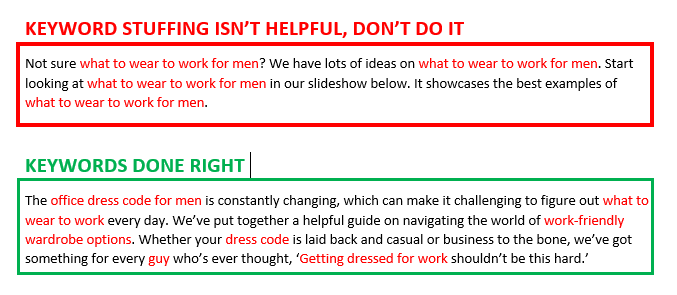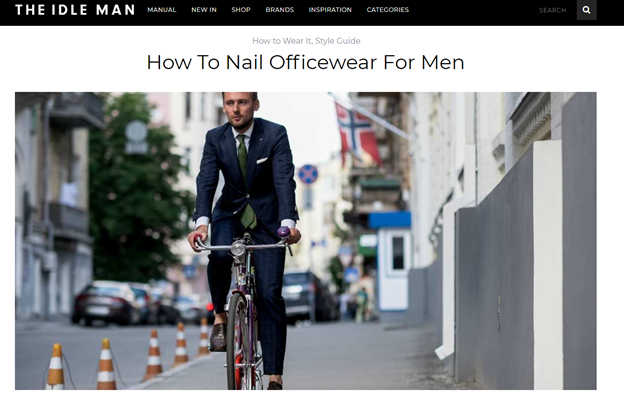Creating content is a powerful way to drive visitors to your online store. It helps you show up well in search results and it’s a great source of organic (i.e. free) traffic.
The problem? Too many brands pour their time and energy into writing posts that no one ever sees.
If you’re going to invest your precious resources into creating content, you want to make sure it’s set up for success. That’s why we put together this user-friendly list of tips on how to build SEO-friendly content that snags traffic and turns visitors into buyers.
But before you get started…
Optimize your site before creating new content
As much as we love new tools and tricks for growing our clients’ businesses, we believe in making the most of your existing assets before exploring shiny new frontiers.
That’s why we don’t recommend creating content if you haven’t optimized your existing website yet. If your product and collection pages aren’t showing up in relevant searches, you’re leaving valuable traffic and sales on the table.
Once you optimize your site – and that includes identifying high value keywords and understanding how customers are searching for your products – then you’re ready to build optimized content that drives qualified buyers to your site.
Optimized content is content, from articles and how-to guides to look books, that’s:
- Valuable
- Relevant
- Findable
Let’s unpack each one of those.
Make your content valuable

Good content doesn’t just take up cyberspace. It’s useful and valuable to visitors.
Not sure what visitors would find useful? Look no further than your customers for inspiration.
What frequently asked questions does your team get from customers? Why do people seek out your products? Are there customer stories or case studies you can turn into a post?
When in doubt about a topic’s value, think like a customer, searching for answers. If your article popped up in their search results, is it something they would find interesting?
Keep it relevant
Using relevant, high value keywords in your content will guide searchers interested in similar topics to your site.
A high value keyword is a search term or phrase with high search volume and relevance to your ecommerce product catalog.
For example, writing a blog post titled “How to Nail Officewear for Men” would benefit an ecommerce company that sells men’s business clothes. It’s an opportunity to introduce – and link to – the product line while drawing in visitors looking for men’s work clothes and converting those visitors into buyers.

We recommend choosing a topic or theme, writing your post and then adding in the keyword signposts that will make your content findable. (More on that in a second.) This keeps your content readable and useful, instead of stiff and keyword stuffed.
Guide visitors to your site with findable content
Search engines want to match up inquiries with the most relevant results and their algorithms are constantly evolving to help them accomplish that.
That’s why search engines can understand ‘what to wear to work for men’ and ‘how to nail office wear for men’ both relate to the same thing.
The takeaway? Don’t go overboard with keywords – incorporate them into your title tag, meta description and content – but never sacrifice readability for keyword placement.
- Title Tag: Aim for an interesting, relevant title that includes your high value keywords or related topics. Keep it to 55-60 characters.
- Meta description: While meta descriptions aren’t used by search engines to rank content, they are used by searchers to decide if they want to click through to your page. Keep them to 160 characters.
- Content structure: Make it easy for users and search engines to scan and understand your content. Use headings, subheadings and images to break up your post. Include your high value keywords in the H1, H2 or H3 headers.
- Images: Google crawls words and images, so always label your images with a relevant alt tag.
So, what’s the bottom line to creating successful content?
Focus on being useful, valuable and relevant. It helps search engines do their job of matching useful results to search queries and it drives qualified buyers to your site. The more useful the information they find there, the more likely they are to stick around, make a purchase and return in the future.
That’s what we call a win-win.
Let us help your business create content that converts browsers into buyers. Talk to a digital strategist today!

